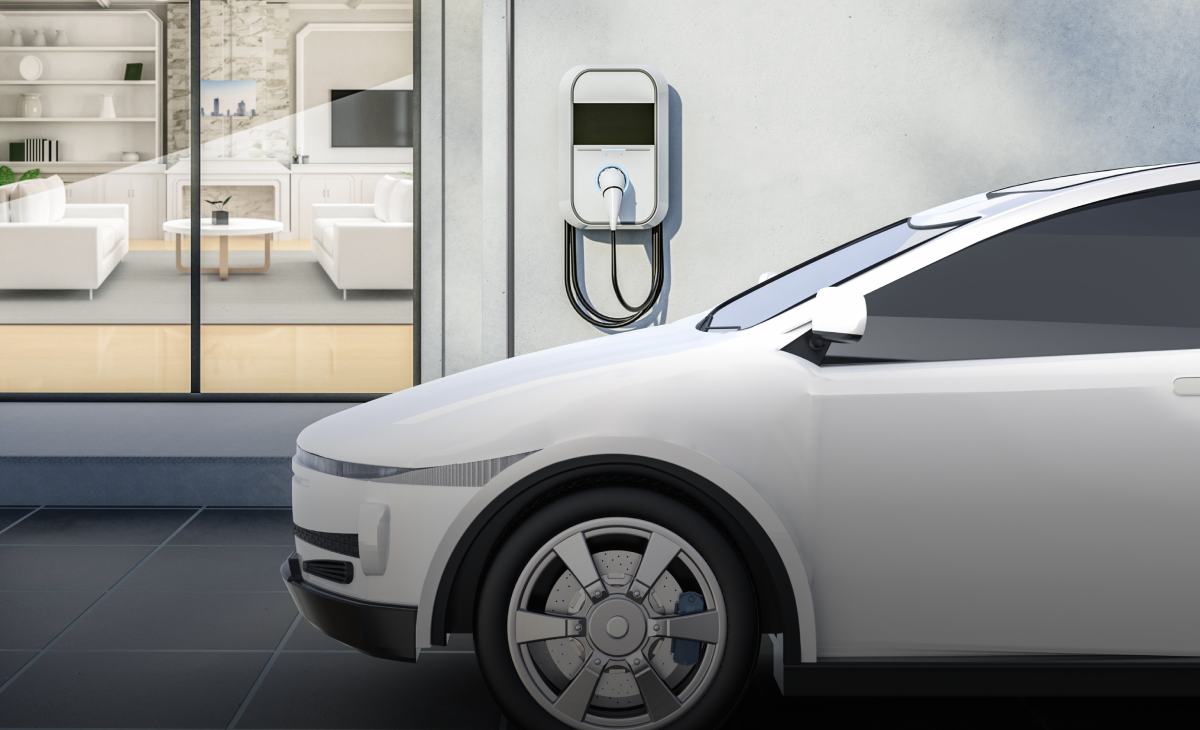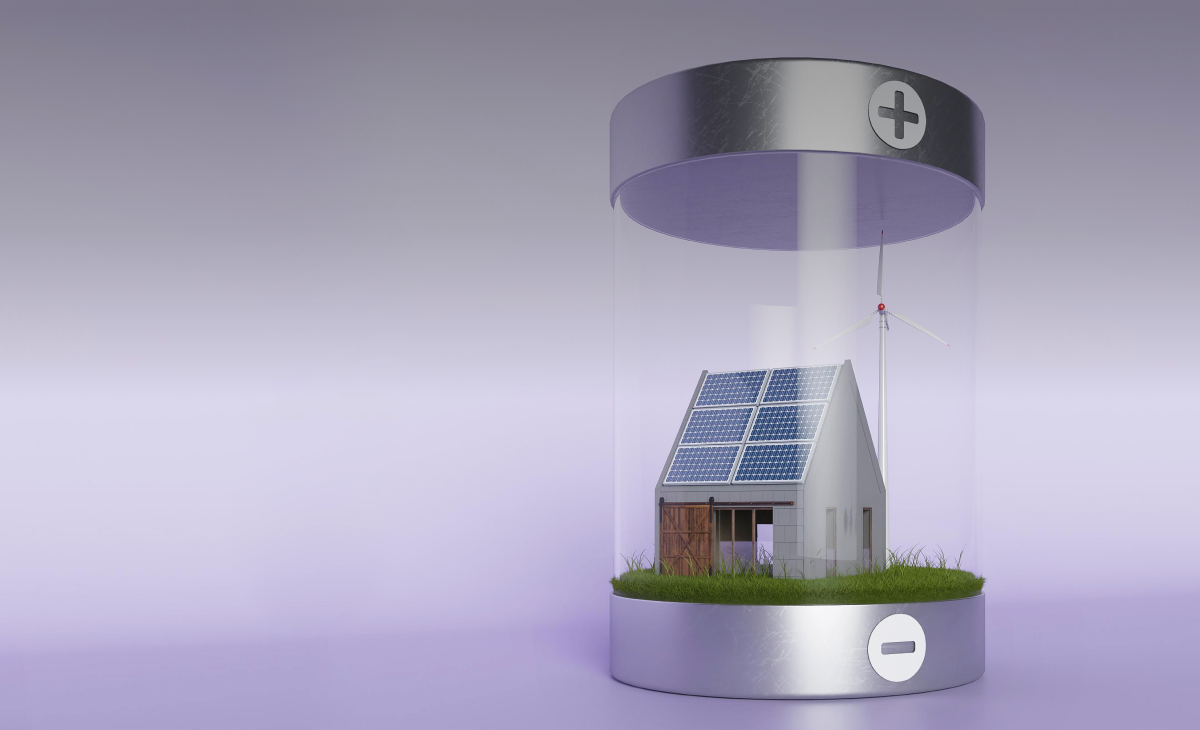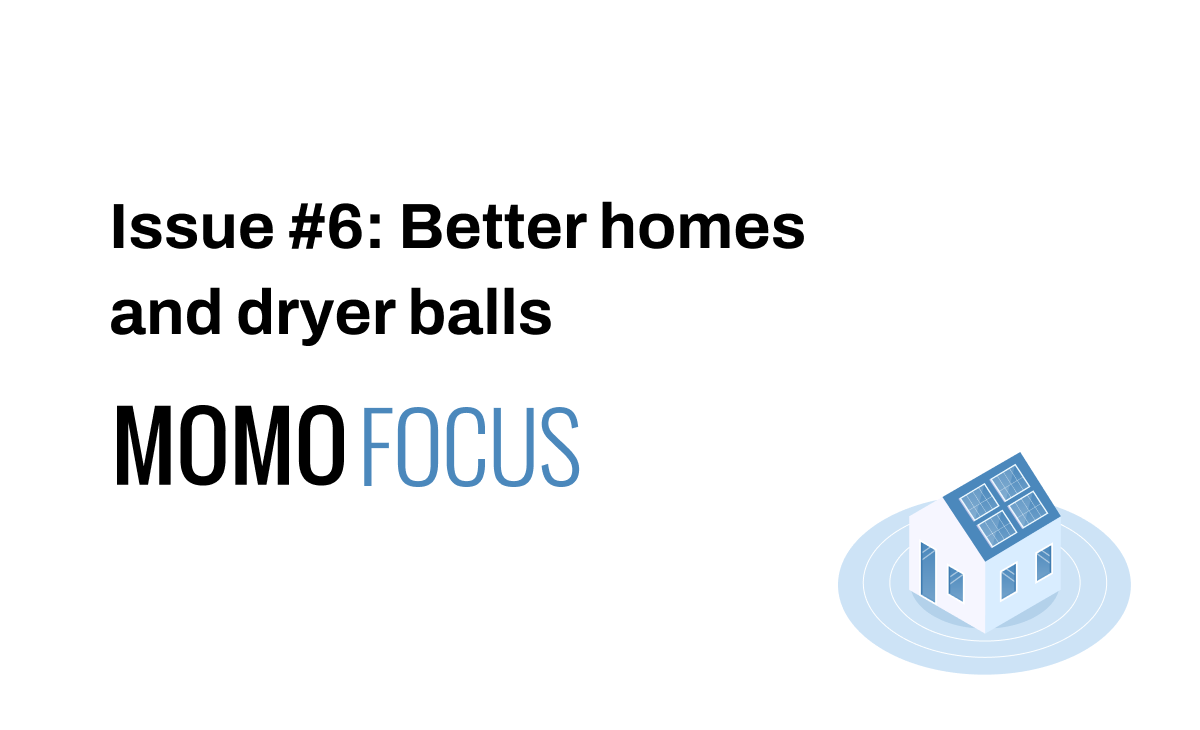Leave $6.49 per gallon behind forever

As of this writing, the gas station down the street from me here in Los Angeles (a couple of weeks before my move to San Francisco) is charging $6.49 a gallon. My last fill-up cost $70.00.
There are many reasons to choose an electric vehicle these days, like how they can slash carbon emissions.
But $6.49 a gallon kind of cuts to the chase, doesn’t it?
Once you drive your new car off the lot, however, you’ll need to handle the charging for the E in EV. Fortunately, home charging options are widely available.
As a new and evolving technology, EV charging and its options are bound to change, but for now, you have three. Helpfully, they are called Level 1, Level 2, and Level 3.
And really, Level 3 is out of reach of most homeowners, but we’ll get to that.
What is Level 1 charging?
L1 is a simple, no-frills matter of plugging your car into a regular 120-volt outlet. The “charger” is basically an extension cord that connects the actual charger, which is inside the EV, to the wall.
But it’s slow.
L1 charges your EV’s battery at about 3-5 miles per hour and a full charge for an empty battery can take over 24 hours. That’s OK if you work from home, have a short commute, and can leave your car plugged in overnight. If your employer offers EV charging onsite, even better.
L1 chargers cost $400-$600, making them the cheaper option. But they’re not even required, usually. Most EVs come already equipped with the cable and adapters.
What is Level 2 charging?
L2s can charge at about 25 miles per hour. Unlike L1s, though, L2s require a 240-volt outlet.
You may be lucky and have one in your garage already, like for a clothes dryer. But the rest of us will have to hire an electrician to handle the installation.
Depending on your specific electrical setup, it can cost about $1,000-$2,500 for the installation. But there’s a bright spot.
The 2022 Inflation Reduction Act includes a tax credit you can use to finance 30% or up to $1,000 of the cost to buy and install home EV charging.
That’s on top of the tax credit of up to $7,500 for a new EV vehicle. (Don’t you love it when the government backs up social change with free money?)
The charger for the one percent
Level 3s charge at an incredible clip, fully charging a battery in less than an hour, with a minimum charge of 100 to 400 miles during that time.
But Level 3s (also called Direct Current or DC fast charging) need a 480-volt connection, which isn’t an easy install for most homes. And the kicker is the price tag, which starts at about $50,000.
This is why you’re more likely to find L3s at shopping centers or hotels than you would next door where that one neighbor always looks at you funny when you park in front of his house and not yours.
Home EV charging is the new normal
As you’d expect, with such a cash-saving, carbon-emissions-crushing technology, EV charger adoption is spreading fast. Homebuilders know it’s now an essential requirement for new construction.
That’s why all our homes are built EV charger-ready (just one of a slew of energy-efficient tech options we offer).
We’d rather you spend $70 on something more practical than a gas fill-up.
Like fuzzy dice for your new EV.
Cheers,
Mike
Mike McAllister is head of story for Momo Homes.
Track the global transition to sustainable homebuilding.
Subscribe to the Momo Focus newsletter.





